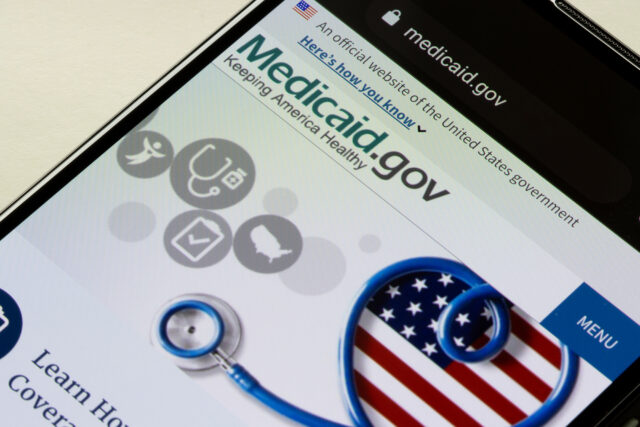
MyRA Addresses a Serious Problem
Alicia H. Munnell is a columnist for MarketWatch and senior advisor of the Center for Retirement Research at Boston College.
The President has done what he can, now Congress needs to auto-enroll everyone.
The MyRA (My Retirement Account), which the President proposed in the State of the Union, addresses the most serious problem in our retirement system – at any moment in time only 42 percent of private sector workers (age 25-64) participate in any form of employer-sponsored retirement plan. The lack of universal coverage means that many workers move in and out of participating in a plan and a significant fraction will end up with nothing beyond Social Security. And Social Security will provide less in the future than in the past because of cuts as the “Full Retirement Age” moves from 65 to 67, rapidly rising deductions for Medicare premiums, and more households paying tax on their Social Security benefits. Without additional retirement income, many retirees will face a sharp drop in their standard of living. They need a MyRA.
The MyRA is a very cleverly designed addition to our retirement income system. It recognizes the behavioral reality that many new savers will stop saving if they lose money in their accounts and the financial reality that small employers have little interest in administering retirement plans and that small accounts at small employers are supremely unprofitable to financial services companies. (These same issues were central to the creation of the new NEST program in the United Kingdom.)
To protect the new saver, the Treasury has constructed a security that preserves the principal and pays the same interest rate as the Government Securities Investment Fund in the federal employee Thrift Savings Plan. This security will be offered through a Roth IRA. This means that contributions will be made with after-tax dollars.
The discussion of early withdrawals is a little confusing. A fact sheet about the new program says “Contributions can be withdrawn tax free at any time.” That is correct for Roth IRAs. The fact sheet, however, is silent on the treatment of earnings on those contributions. Granted these earnings are likely to be small, but they are subject to the same rules as Roth IRAs. For these earnings to avoid income taxes and the 10-percent penalty, they must remain in the account for at least 5 years and the account holder must be at least age 59 ½ or disabled or must use the funds to pay qualified first-time homebuyer expenses.
To avoid placing any burden on the employer, the only task for employers under the MyRA program is to decide whether to offer the accounts and then to make payroll deductions for any employee who chooses to participate. Employers are not required either to administer the accounts or to contribute to them. To avoid burdening – or competing with – financial services firms, the Treasury will administer the accounts (in collaboration with a private sector bank) when they are small and then will turn them over to the private sector once balances exceed $15,000 (or after 30 years).
Apparently, the accounts will start with an initial pilot program for employees of employers who sign up before the end of 2014. A pilot program seems like a good idea. But the process of selection into that pilot highlights the major limitation of the MyRA proposal – namely, both the employer and the employee have to sign up.
We already know that small employers have little interest in providing retirement income. Even signing up for a program where they have minimal responsibility is unlikely to happen. And numerous studies have shown that most low and middle-income workers are not interested in making contributions to a retirement plan. So leaving all the choice in the hands of employers and employees is likely to produce little additional saving.
We also know, however, how auto-enrollment can overcome the inertia of both employers and employees. To make the MyRA proposal effective, we need a directive that says that all employers must withhold, say, 6 percent of the earnings of any employees not participating in a retirement plan and deposit those monies in the employee’s MyRA. Employees would then have the option to increase the contribution rate, reduce the rate, or opt out. The problem is that the President cannot impose auto-enrollment by executive order; for that he needs the Congress.
My sense is that auto-enrollment in MyRAs would significantly increase retirement saving. But a pilot program based on voluntary self-selection of a few eager employers and employees will overstate the possibilities of a voluntary system. The MyRA is a great idea; let’s have auto-enrollment from the start.







